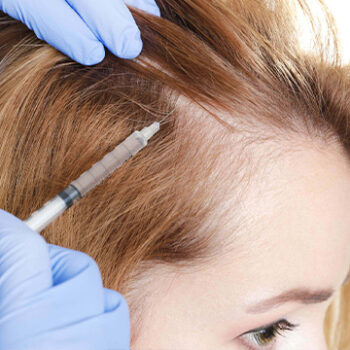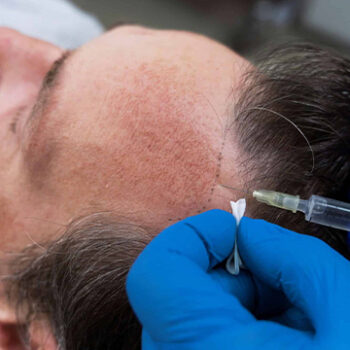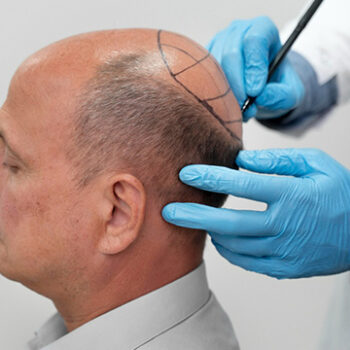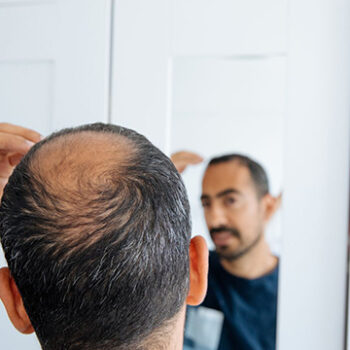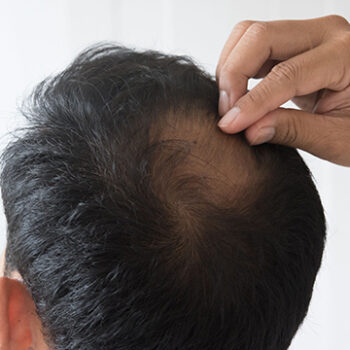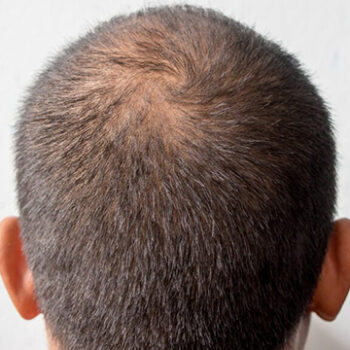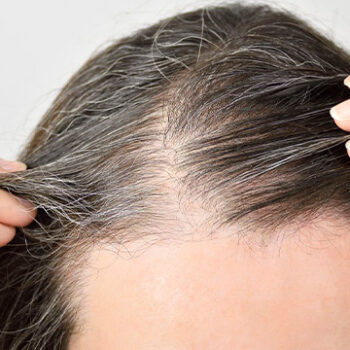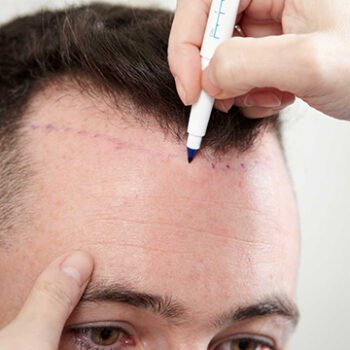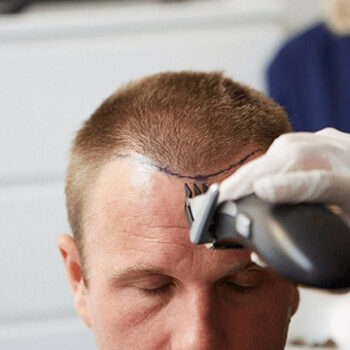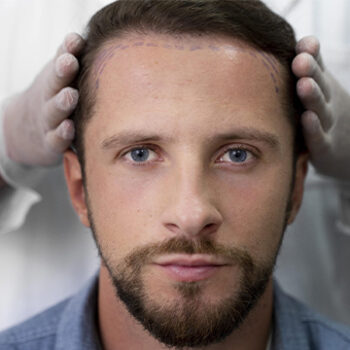How to Research Before Getting a Hair Transplant?
Hair transplant surgery is an effective solution for individuals struggling with hair loss or thinning. It’s a life-changing procedure that restores hair, boosts confidence, and improves self-esteem. However, like any medical procedure, getting a hair transplant requires thorough research to ensure the best possible results and avoid potential risks. If you’re considering a hair transplant, it’s essential to make informed decisions to avoid costly mistakes and achieve a natural-looking outcome.
In this blog post, we’ll explore the steps you should take to research before undergoing a hair transplant, the factors you need to consider, and how to choose the right clinic and surgeon for the procedure.
1. Understanding Hair Transplant
Before diving into the specifics of research, it’s crucial to understand what a hair transplant entails. A hair transplant is a surgical procedure that involves moving hair follicles from a donor area (usually the back or sides of the head) to a bald or thinning area. There are two main techniques used in hair transplant procedures:
- FUE (Follicular Unit Extraction): In this method, individual hair follicles are extracted from the donor area and transplanted to the recipient area. This technique is minimally invasive, leaves no visible scars, and has a shorter recovery time.
- FUT (Follicular Unit Transplantation): In this method, a strip of scalp from the donor area is removed, and the hair follicles are then dissected and transplanted into the bald areas. While this technique is effective, it leaves a linear scar, which can be visible if the hair is cut short.
Both methods offer long-lasting results, but choosing the right one depends on factors like your hair type, the extent of your hair loss, and your surgeon’s expertise.
2. The Importance of Researching the Procedure
The first step in your research should be understanding the procedure itself. While this may seem obvious, many individuals jump into the process without fully understanding the method and what it involves. Thoroughly researching hair transplants ensures that you know the expectations, risks, and benefits of the procedure.
When you understand the basics, you’ll have a clearer picture of what’s realistic for your hair goals. You’ll also be more prepared to ask questions to potential surgeons and identify red flags in the clinics you’re considering. Additionally, being informed will give you the confidence to choose the best approach for your needs.
3. Determining Your Candidacy for a Hair Transplant
Not everyone is a good candidate for a hair transplant. To ensure that you are eligible for this surgery, consider the following:
- Age: While hair loss can begin at any age, patients should be at least 25 years old for the best outcomes. Younger individuals may still experience changes in hair loss patterns, and transplanting hair prematurely can result in the need for future procedures.
- Hair Type and Density: The quality and density of your donor hair affect the outcome of the transplant. Individuals with thicker hair are often better candidates, as it can provide more natural coverage for the balding areas.
- Overall Health: It’s important to have good general health to undergo surgery. If you have any underlying health conditions, such as diabetes or cardiovascular issues, consult with your doctor before proceeding with the transplant.
4. Choosing the Right Clinic and Surgeon
One of the most critical steps in your research is choosing the right clinic and surgeon. A hair transplant is a medical procedure that requires highly skilled professionals to ensure a successful outcome. Take your time when selecting a clinic, and consider the following factors:
- Experience and Credentials: Look for a surgeon who specializes in hair restoration and has experience performing both FUE and FUT techniques. Check for board certifications, professional memberships, and years of experience in the field. A reputable surgeon should be able to provide you with proof of their qualifications and a portfolio of past successful surgeries.
- Clinic Reputation: Research the clinic’s reputation by reading online reviews and testimonials from previous patients. Look for success stories and before-and-after photos that demonstrate the clinic’s expertise. Patient feedback is invaluable when evaluating a clinic’s reputation and the quality of care they provide.
- Technology and Techniques Used: Technology plays a significant role in the success of a hair transplant. Ensure that the clinic uses the latest equipment and methods for hair restoration, such as advanced FUE devices, robotic assistance, and precision tools. Modern techniques minimize scarring and recovery time while improving overall results.
- Personalized Consultation: A good hair transplant surgeon should offer personalized consultations to assess your individual needs. During this consultation, the surgeon should evaluate your scalp, discuss your hair goals, and explain the options that are most suitable for you. Beware of clinics that offer one-size-fits-all solutions or don’t take the time to understand your specific situation.
5. Researching Costs and Financing Options
The cost of a hair transplant can vary widely depending on the clinic, the technique used, and the amount of hair that needs to be transplanted. On average, hair transplants can cost anywhere from $4,000 to $15,000 or more. It’s essential to get a clear understanding of the costs involved before committing to the procedure.
When researching costs, also ask about what’s included in the price. Does the price cover the surgery itself, or are there additional charges for consultations, post-operative care, or medications? Be wary of prices that seem too good to be true, as they may indicate subpar services or hidden fees.
Many clinics offer financing options or payment plans to make the procedure more affordable. Inquire about financing options if cost is a concern, and ensure that you fully understand the terms before agreeing to any payment plan.
6. Post-Operative Care and Recovery Process
The success of a hair transplant doesn’t stop after the surgery. Post-operative care plays a significant role in ensuring the hair follicles heal properly and begin to grow. Before scheduling your surgery, inquire about the clinic’s post-operative care process, including:
- Aftercare Instructions: Ask the surgeon about the post-transplant care plan. This includes how to care for the transplanted area, when to wash your hair, and when to resume normal activities.
- Medications and Follow-Up Appointments: Your surgeon may prescribe antibiotics or other medications to help with the healing process. Make sure to follow all instructions and attend any follow-up appointments to monitor your progress.
- Recovery Time: While recovery time can vary, most patients can return to work within a few days to a week. However, full results may not be visible for several months, so patience is essential.
7. Red Flags to Watch Out For
While researching, it’s important to be cautious of potential red flags that may indicate an unreliable clinic or surgeon:
- Unrealistic Promises: Be wary of clinics that guarantee perfect results or claim to have a “miracle” technique. Hair transplant success depends on many factors, and no surgeon can guarantee flawless outcomes.
- Lack of Transparency: If a clinic is unwilling to provide you with detailed information about the procedure, costs, or surgeon’s credentials, this is a warning sign.
- Poor Reviews or No Before-and-After Photos: If a clinic has limited online reviews or doesn’t provide real patient photos, it may be best to look elsewhere.
8. Making the Final Decision
Once you’ve thoroughly researched hair transplants and potential clinics, it’s time to make an informed decision. Take the time to schedule consultations with your top choices, and ask any remaining questions to ensure you are comfortable with your surgeon and the clinic. Don’t rush the process; a hair transplant is a significant investment in your appearance, so make sure you are fully prepared for the procedure.
By following these steps and conducting thorough research, you can confidently choose a clinic and surgeon that best meets your needs, ensuring a successful hair transplant and long-lasting results.

 English
English Français
Français Deutsch
Deutsch Türkçe
Türkçe 中國人
中國人

